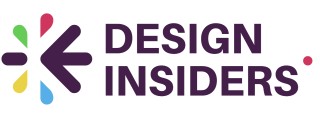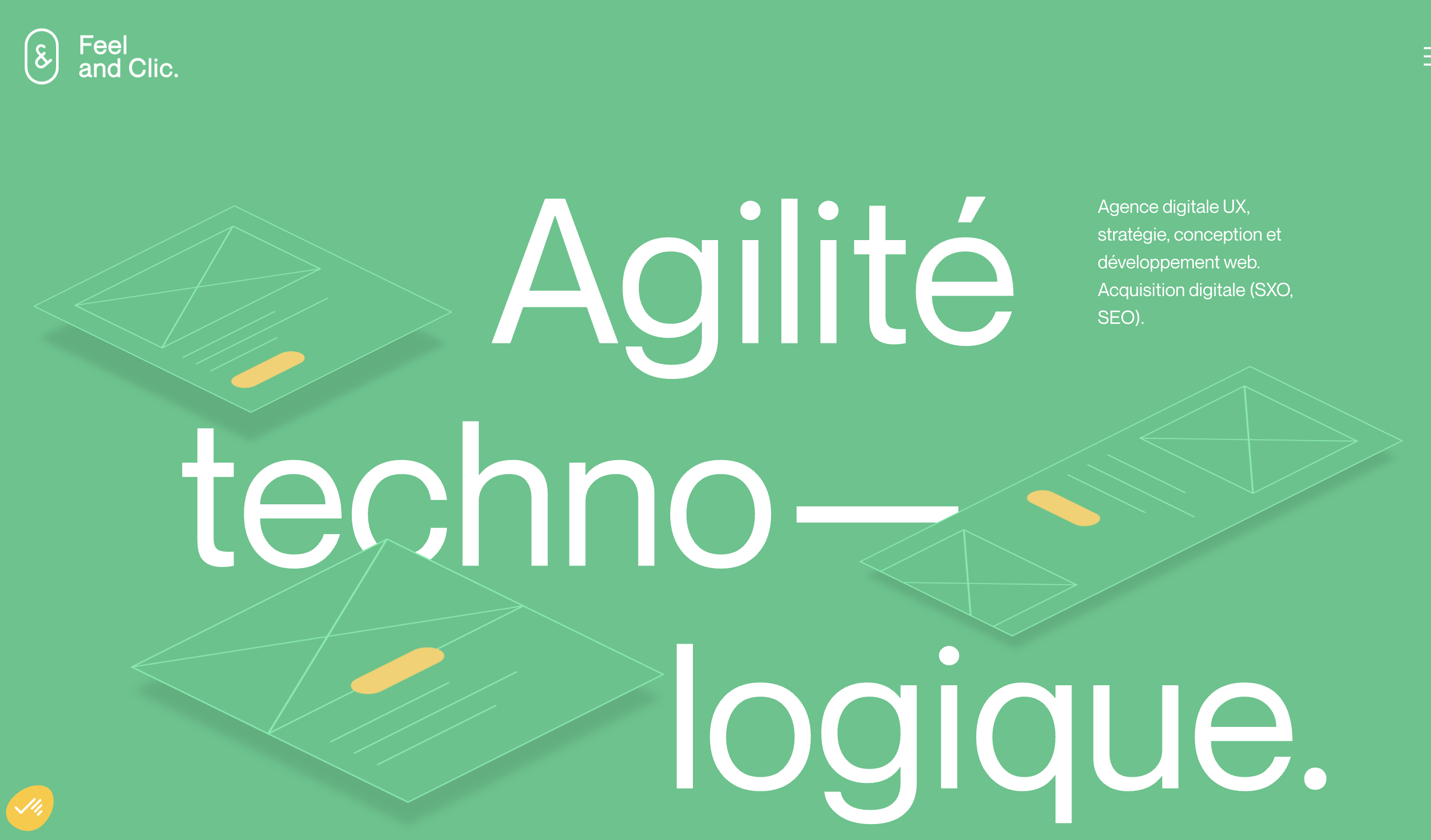
Understanding AB Testing in Design
Deciphering the Nature of AB Testing
AB testing, often referred to as split testing, is a method used to compare two versions of a product or app to identify which performs better. It is instrumental in refining pricing strategies by enabling businesses to analyze differences in customer responses.
In the context of pricing, AB tests allow companies to evaluate various price points by presenting them to different segments of their customers. The goal is to identify the price that maximizes profit without sacrificing conversion rates. These tests provide valuable data on how pricing affects revenue generation, customer purchase decisions, and overall user experience.
Implementing such tests requires a structured plan that encompasses several phases, each crucial for gaining insights. Understanding these phases can help businesses optimize their pricing strategy effectively, turning customer stories into actionable insights.
To design these tests successfully, it is essential to understand customers' behavior and preferences. Considering factors like free trials, shipping rates, and price discrimination can offer profound insights. Drawing insights from pricing strategies that incorporate dynamic pricing enables companies to pivot based on real-time data.
Incorporating AB testing in your pricing plan demands careful analysis and tracking of different price points and conversion rates. This systematic approach ensures the pricing split aligns with customer expectations, resulting in optimized conversion.
For a more profound understanding of AB testing and its effectiveness, enhance your user experience with comprehensive UX audits which can provide a wider perspective on usability and preference.
The Role of Pricing in User Experience
Importance of Pricing in User Interaction
Understanding how pricing impacts user experience is crucial. When it comes to testing pricing, it's not just about finding the right price point, but about how changes in price affect conversion rates and customer satisfaction. A well-considered pricing test considers customer behavior, product value, and overall product service offerings. Customers often evaluate prices through different lenses. For some, shipping rates and app usability are key factors, while others might prioritize free trials or dynamic pricing models. Effective pricing strategies thus must account for this diversity.Balancing Price Perceptions
In testing different prices, the perception of value provided becomes pivotal. Customers are more likely to purchase when they feel they're getting good value for their money. This means understanding your target audience's expectations and positioning prices that will appeal to them, ultimately optimizing conversion rates.Linking Pricing Strategies to Customer Satisfaction
Testing pricing effectively allows businesses to understand their customers’ response to price discrimination and different price points. This helps in formulating pricing strategies that enhance user experience. Every iteration and test contribute to a precise pricing plan that reflects your customer base's needs and desires. For those looking to integrate more data-driven insights into their pricing strategy, mastering digital conversion rate optimization is essential. For further reading, check out mastering digital conversion rate optimization in design.Implementing AB Testing for Pricing
Executing Effective Pricing Experiments
To implement successful AB testing for pricing, it is crucial to prepare meticulously. Start by identifying the key price points in your product or service lineup that you wish to test. Consider the range of prices that your customers respond to and analyze how price variations might affect your conversion rates and revenue streams. This step sets the foundation for productive pricing experiments.
Before conducting any tests, clearly define your objectives. Are you aiming to increase profit margins, or is your goal to boost conversion rates? Understanding your targeted outcomes helps in selecting the right pricing strategy to test. For instance, you might choose between dynamic pricing, price discrimination, or evaluating different shipping rates to attract more customers.
With objectives in place, design a split testing plan that ensures fairness and accuracy. Split your customer base into randomized groups and assign distinct price variations. This method minimizes bias and gives more authentic insights into which price point optimally enhances both conversion and customer satisfaction.
Integrating a free trial can be an effective strategy to gather product usage insights and encourage potential purchasers to transition into paying customers. However, it’s vital to analyze whether the addition of a free trial truly drives long-term profit or if it merely increases initial conversion without sustained customer loyalty.
Once your tests are live, data collection becomes crucial. Utilize real-time monitoring tools to observe how different prices influence customer behavior and conversion rate metrics. A robust analysis of this data will guide strategic decisions, ensuring that your pricing aligns with your overall business objectives.
Cohesively, a well-executed implementation of AB testing for pricing can significantly enhance your pricing strategy without necessitating major overhauls in your app or product design. By systematically testing and refining these variables, you'll better understand what resonates with your target audience, ultimately driving higher revenue and improved customer stories. Interested in responsive design and its implications? Check out this insightful resource for further reading.
Analyzing AB Test Results
Examining Test Results for Informed Decisions
In order to refine your pricing strategies effectively, it's crucial to examine the outcomes of the AB tests conducted. Analyzing the data collected during the testing phase can provide valuable insights into customer behavior and preferences. One of the primary goals of these tests is to identify the price points that yield the highest conversion rates and optimize your pricing strategy accordingly. To start, segment your data based on different customer demographics. Understanding how various groups react to pricing changes can help in refining your product's appeal to different audiences. For instance, some customers might respond positively to dynamic pricing models, while others might prefer stable price points. Consider the following steps in your analysis:- Conversion Rates: Track changes in conversion rates for each pricing strategy tested. This will help you determine which price point maximizes the number of users who complete a purchase.
- Revenue Impact: Analyze the revenue generated from each price variation. This way, you can identify whether higher prices result in greater profit or if lower prices lead to increased sales volume compensating the lesser price per order.
- Customer Feedback: Gather qualitative data through surveys or customer stories to understand the perceived value of the product at various price points. This insight can shed light on customers' price sensitivity and their willingness to pay.
- Engagement Patterns: Monitor any changes in user engagement and app usage when different pricing strategies are applied. A free trial or limited-time offer might boost short-term engagement but understanding its long-term conversion impact is important.
- Return on Investment (ROI): Calculate the overall profitability of each tested price point by comparing the costs incurred during the testing phase against the revenue generated post-test implementation.
Common Challenges in AB Testing for Pricing
Overcoming Hurdles in Pricing Tests
Testing pricing strategies through AB testing can be a powerful tool. However, it comes with its own set of challenges that many businesses need to address to utilize it effectively. One of the main issues is the data reliability. Often, businesses struggle with obtaining accurate and sufficient data due to the limited number of customers willing to participate. This can lead to misleading test results, impacting pricing decisions. Choosing the right pricing strategy for testing is another challenge. Not all price points yield significant behavioral changes in customers. Therefore, it’s vital to select strategies that are likely to reveal true insights into customer preferences. During testing, businesses frequently encounter customer dissatisfaction if two customers discover they have been given different prices. Clear communication is crucial in these situations. Moreover, some customers may react negatively to split tests and misunderstand the intentions behind such experiments. Another notable hurdle is managing dynamic pricing elements. Since prices may fluctuate due to various factors such as competition or supply changes, maintaining consistency across test groups can be difficult. Accurately tracking these fluctuations can greatly influence the success of testing. Additionally, achieving valid conversion rates through pricing split tests often requires more than just a simple test. Businesses must prepare a detailed plan that incorporates demographic variations and competitor pricing analysis to ensure results are applicable across their entire customer base. Ultimately, effective implementation and monitoring of these variables during test pricing can lead to insights that enhance both revenue and customer relationships. By addressing these challenges, companies can fine-tune their pricing strategies and create a more engaging experience for their customers.Case Studies: Successful Pricing Strategies
Real World Success: Learning from Practical Examples
Understanding theoretical concepts of split tests and A/B testing holds value, but real-world examples solidify that knowledge. Various case studies showcase the profound impact of optimizing pricing strategies through targeted testing efforts.
One noteworthy example involves an e-commerce platform that experienced a significant uptick in conversion rates through dynamic pricing. By segmenting its customer base and using split testing, the company determined which price points resonated best with different customer segments. This informed approach not only enhanced profit margins but also elevated customer satisfaction by aligning with specific consumer needs and expectations.
Another illustration worth considering is a software solution that strategically implemented free trials and pricing split tests. Recognizing the critical role of its price plans, the app developer employed comprehensive price testing tactics. By analyzing customer stories and conversion data, the organization was able to tailor its product offerings, ultimately boosting revenue and long-term customer retention.
Retailers have also effectively harnessed the power of testing pricing strategies. Through meticulous monitoring of shipping rates and varying price points, they optimized their pricing strategies to accommodate seasonal demand shifts. Such proactive adjustments, based on A/B test results, enabled them to maintain consistent profit margins while capturing new customer segments in real time.
These case studies illustrate how informed testing and analysis of price discrimination strategies can have a profound impact on consumer engagement and company success metrics. They reflect the importance of tailoring initiatives to specific market conditions and underscore the necessity for continuous evaluation and iteration in dynamic market landscapes.














